As young people try to figure out new gender roles, economics takes precedence over life in the decision making. This has the makings of a very hard new world.

Human beings are part of the natural world.
They are part of a group of a great many things that have a characteristic in common which we call life.
Life is a chain – an endless cycle of birth, growth, and death.
Every individual living thing is part of a long genetic heritage and the purpose if it’s life is to carry on that heritage, lest the species vanish from the earth. The purpose of an individual’s life is create more life.
Life is not a static “thing” to be acquired in quantity, but an experience to be lived. That means living through all the cycles – birth, growth, and death. Each living thing has a cycle unique to its species.
Because the individual survival takes a back seat to species survival, the drive to reproduce supersedes all other drives. A great many species only mate once at the end of their lifecycle: salmon, moths and butterflies, and a great many insect species. All crops and fruits have a one year life cycle.
Those who see humans as apart from the natural world, cannot see the how the manifestations of the daily business of carrying on life fit into broad patterns. For those who do see these broad patterns, all of life makes perfect sense. It may not always be exactly the way we like it, but it makes sense.
I don’t know whether humans can learn to adapt to a totally un-natural world.
Sense gets surrendered to force of will or of argument. Without sense, the world turns into a very hostile place.
I don’t know whether an understanding of the natural basis of life will be useful or adaptive in the future. Perhaps science will erase the distinction between humanity and machines. Perhaps people will get to design their own children.
I don’t like the idea, but tides have a way of overcoming all resistance.
Humanity more than ever before has the ability to choose its own future. I hope that wise choices get made. I am not optimistic.
Personally, I am glad that I lived in a time when neither air nor water could kill you. I am glad to have walked in a forest and seen different forms of life everywhere I looked and know that every one of them was a close cousin. We all had the same needs – food, shelter, the company of others of our kind. I am glad to have been able to tune in to a forest and understand it as a form of life that lives in very slooooowwwww time. A forest may take 200 years to twitch its finger, but it is every bit as much a living entity as a human being or a butterfly.
I hope that humanity does not lose track of what it is to be alive.
He who dies with the most toys – still dies.
There is far more to life than how many sport-utility vehicles you can buy – how much stuff you have. Humans are consuming the earth with how much stuff they have. We are stamping out other species at the rate of 17,000/yr in our relentless pursuit of stuff. As a culture, we are obese, addicted to television and the stuff it sells us, and glued to the couch. Life in a box.
The fracture between men and women is a war over stuff, over competition for the financial power to buy stuff. The fundamental cooperation between men and women to accomplish the tasks of staying alive and raising more of their kind, has been severed. I believe this is because humans have forgotten that they are alive and their role in the continuation of life.
As humans move into ever more un-natural and artificially constructed worlds, they may indeed diverge from other forms of life and cease to have anything in common with them. I see humanity becoming more like the borg every year.
What used to be thought of as family and community has been replaced by the marketplace. Both families and communities have been destroyed and the functions they formerly served have been “outsourced” at less cost. The family has succumbed to the market pressures of competition.
It will be some time before we really know whether modern technological civilization is a viable adaptation or not. I don’t think it’s going to be. There are simply too many people consuming too much. At some point we have to run out of things to consume. When that happens, life will change drastically.
But the fascinating thing about life is that it always does go on.
Young people today are trying to sort out new roles for men and women from the rubble of the old roles which the boomers left as their legacy. Roles which were appropriate in a pre-technical agrarian environment are no longer appropriate in a marketplace dominated urban environment. Children, who used to be considered assets, are now an expense item. The duties to the children for the first 25 years or so have become so onerous that men and women are at each other’s throats over who is going to carry the load. In a pre-techical society, kids began to contribute directly to the household before age 7. Now they tend to be a drain on their parents for at least 3X that long, often longer. The entire meaning of kids has changed. Now everything in the world is “for the children.” Only, we now have a whole lot of children that nobody wants.
In her wonderful series about pre-technical culture, Jean Auel in “The Mammoth Hunters,” has an old shaman saying that you can learn everything you need to know about life by observing for one year. Anyone with an agricultural background will understand that completely. The basic life cycle of nature is one year. Everything blooms about the same time every year, and everything gets harvested at the same time, year after year. There are some great patterns and timetables which dictate people’s actions and choices. It takes a woman nine months to have a baby. You cannot get nine women together and get it done in one month.
I am not at all sure that humanity can long survive the generalized loss of this knowledge, because subjective fundamentalism always substitutes ego and the will to power for understanding and getting in line with natural processes and timetables.
I agree with the shaman that one can learn everything one NEEDS to know about life by watching a field of corn, for example, for one year and understanding the analogues of each part of the corn’s life cycle in the human experience.
In the spring, the farmer tills and prepares the ground, the substrate from which the nourishment for the crop comes.
This is analogous to the community, the values and skills of the parents, their choice of where to live and what it provides, and their social networks. A child will only grow well when planted in fertile ground.
Next the farmer plants the seed. You know what the analogue of that is.
The young plant sprouts, and sends its roots into the ground to draw nourishment. The plant becomes an analogue of the marriage, which has a male part, the tassel, and a female part, the ear and silks. But notice that the marriage is also an entity of itself. IT is what sinks the roots, not the male or female parts by themselves. Barbara Dafoe Whitehead, in “The Divorce Culture”, speaks of the loss of “social capital” as social networks are torn apart by divorce. If the plant stays rooted in its initial spot, the roots grow deep and strong. If it is ripped out, chances are it will never grow enough of a root system to produce healthy fruit. Prior to a high level of geographic mobility, a child would have social networks built over many generations to draw upon as it started life. In many communities, the folk would help the marriage get a quick start on its root system by building the newlyweds a house and barn. More young men starting their “careers” have gotten a boost from old established friends of their parents and grandparents than have not.
Except in the cases of the very wealthy, geographic mobility severs the connection to long standing social networks. Divorce virtually always destroys access to half of the potential social capital of one of the social networks, almost always the father’s.
Once the plant has a strong root system, it begins to bear fruit.
The ripening of the female part, the ear and silks, brings out the male part, the tassel, with a fervor to fertilize that defines its very existence. For a few days it sheds massive amounts of pollen ( sperm ), on the order of millions of pollen grains per potential kernel of corn ( ova ), in an attempt to achieve its ONLY purpose – fertilization.
Once the sexual phase of the plant ( marriage ) has passed, all nutrition coming from the root system ( community ) is shunted to the offspring ( ear of corn kernels ) to make them as strong and vital as possible for their job next year of producing the next generation. The plant itself ( the marriage ) outlives the male and female parts, but not by much. All those parts are programmed to die once their job of carrying on the chain of life unbroken is done.
Next year, the cycle begins anew.
The modern world has nothing of the natural world in it.
An understanding of life is only necessary to people for the purpose of understanding themselves. They no longer need to understand where their food and fiber comes from – there are people who specialize in bringing it to them and that is all they really need to know. More and more of what they need is being produced in factories anyway. Everything is highly processed these days. That is the only way the economy has been able to expand the numbers of jobs while the numbers it takes to produce most things have been falling for years.
As young people try to figure out new gender roles, economics takes precedence over life in the decision making. This has the makings of a very hard new world.
It makes me want to admonish people – remember, you are alive.
Back to EOTM: Gender War, Sexuality, and Love
Backed Up and Credited by – no-maam.blogspot.com



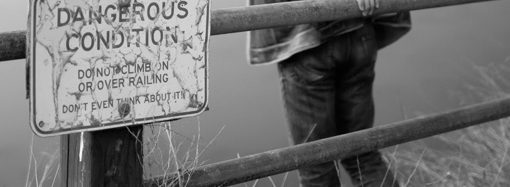



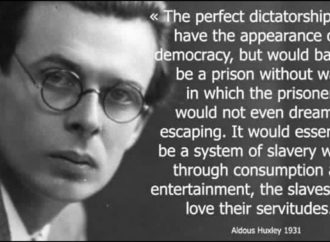



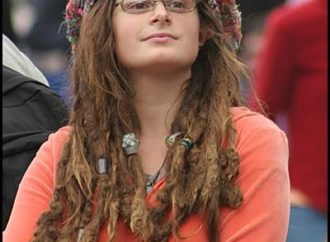
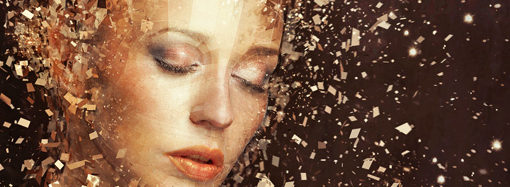

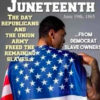








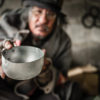





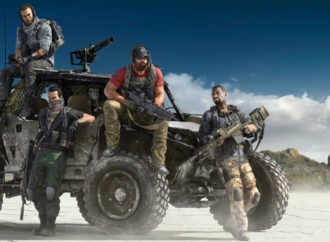


Leave a Comment
Your email address will not be published. Required fields are marked with *